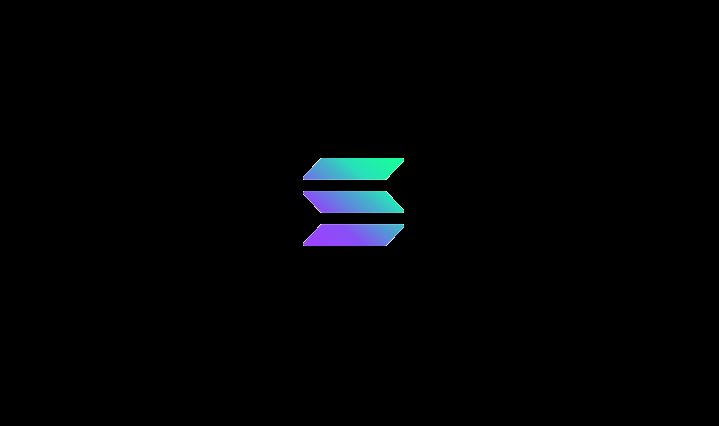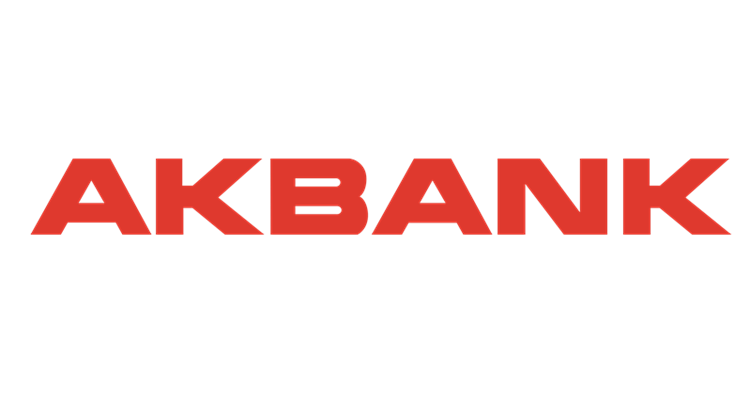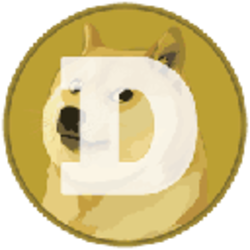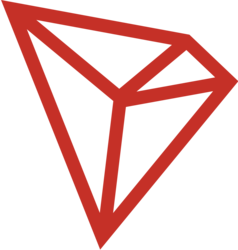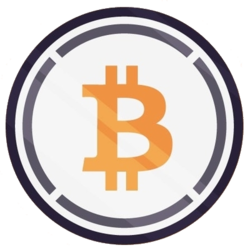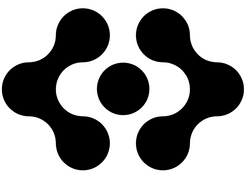In the ever-evolving landscape of blockchain technology, Solana has emerged as a prominent player, offering a unique combination of speed, scalability, and decentralization. Developed by Solana Labs, Solana aims to address the scalability issues that have plagued many other blockchain networks, enabling a new generation of decentralized applications (dApps) and fostering innovation in the crypto space.
Pioneering Performance: Solana’s Architecture and Key Features
Traditional blockchain networks, such as Bitcoin and Ethereum, have struggled to keep pace with growing demand and adoption. The limited transaction throughput and high fees associated with these networks have hindered their ability to support large-scale applications and widespread adoption.
Solana seeks to overcome these limitations by employing innovative technologies and novel consensus mechanisms. At the heart of Solana’s architecture is a unique approach known as Proof of History (PoH), which timestamps transactions before they are added to the blockchain. This enables Solana to achieve high throughput and low latency, with the ability to process thousands of transactions per second.
Solana’s Architecture and Key Features
Solana’s architecture is designed to leverage the full potential of modern hardware and network infrastructure. It utilizes a combination of cutting-edge technologies, including a permissionless Proof of Stake (PoS) consensus mechanism, a Byzantine Fault Tolerance (BFT) algorithm, and a horizontally scalable architecture.
One of the key features of Solana is its ability to support smart contracts and dApps through compatibility with the Ethereum Virtual Machine (EVM). This allows developers to easily port their existing Ethereum-based projects to the Solana ecosystem, taking advantage of its superior performance and lower transaction costs.
Thriving Ecosystem: Growth and Adoption on Solana
Since its launch in 2020, Solana has witnessed rapid growth in its ecosystem and adoption. The platform has attracted a diverse community of developers, entrepreneurs, and investors, who are actively building and deploying innovative projects on Solana.
Several high-profile projects have already migrated to Solana or launched on its platform, spanning various sectors such as decentralized finance (DeFi), non-fungible tokens (NFTs), gaming, and more. This includes popular dApps like Serum, a decentralized exchange (DEX), and Audius, a decentralized music streaming platform.
Future Outlook and Challenges
As Solana continues to gain momentum and recognition in the crypto space, its future outlook appears promising. The platform’s focus on speed, scalability, and developer-friendly tools positions it as a strong contender in the competitive blockchain landscape.
However, Solana also faces challenges and potential roadblocks along its journey. Scalability and security remain critical concerns, especially as the platform aims to achieve mainstream adoption and handle increasingly complex use cases. Moreover, interoperability with other blockchain networks and regulatory compliance are areas that Solana will need to navigate carefully.
Conclusion
With its innovative architecture, growing ecosystem, and commitment to fostering innovation, Solana is well-positioned to shape the future of decentralized finance, Web3, and beyond. As the blockchain industry continues to evolve, Solana stands out as a beacon of innovation and possibility, driving the next wave of decentralized applications and reshaping the digital economy.
 Anasayfa
Anasayfa Canlı Borsa
Canlı Borsa Borsa
Borsa Döviz Kurları
Döviz Kurları Altın
Altın Hisse Senetleri
Hisse Senetleri Endeksler
Endeksler Döviz Hesaplama
Döviz Hesaplama Döviz Çevirici
Döviz Çevirici Kredi Arama
Kredi Arama
